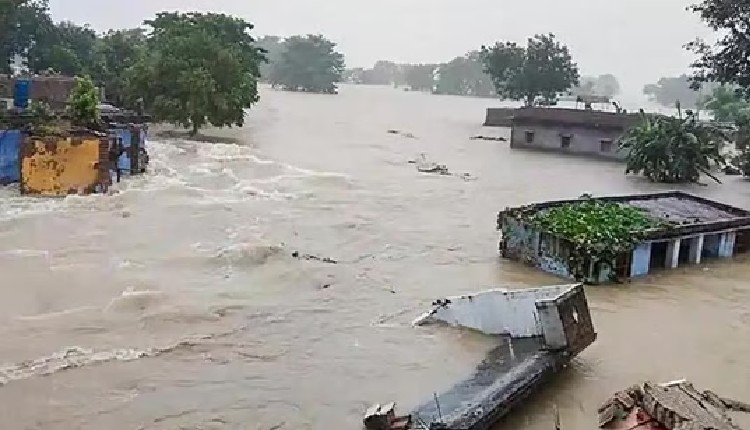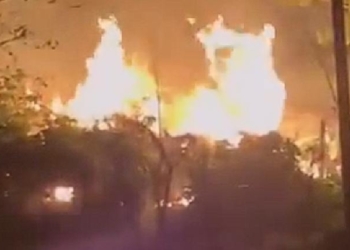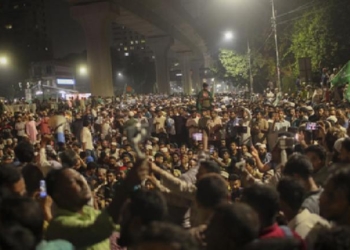Guwahati: Assam’s overall flood situation has significantly improved during the past one week and there was no casualty on Thursday while around 14 lakh people remain affected in 26 of the state’s 35 districts, Assam State Disaster Management Authority (ASDMA) officials said.
However, the India Meteorological Department (IMD) on Thursday said that fairly widespread light to moderate rainfall, accompanied by thunderstorms and lightning, is very likely over Andaman and Nicobar Islands, sub-Himalayan West Bengal, and Sikkim, Bihar, and northeast India during the next five days.
According to the ASDMA officials, the number of affected people has come down from over 24.20 lakh in 30 districts as of July 5.
Till Wednesday, at least 84 people died due to the flood and around 10 more people died due to landslides and other calamities after the monsoon rain started early last month.
According to the ASDMA officials, the flood water also submerged over 39,133 hectares of crop area in 2,545 villages in 26 districts while over 9.86 lakh domestic animals have also been badly affected by the annual deluge.
Out of the 26 flood-affected districts, Dhubri, Cachar, Barpeta, Dhemaji, Darrang, Goalpara, Golaghat, Sivasagar, Majuli, and South Salmara are the worst hit.
The Brahmaputra is flowing above the danger level at Neamatighat, Tezpur, and Dhubri, while Burhidihing, Disang, and Kushiyara rivers are also flowing above the danger level in many places.
The officials said that over 41,600 people are sheltered in the 299 relief camps set up by the district administrations, while 110 more relief distribution centres are functioning in different districts.
Many National and State Disaster Response Forces teams, Fire and Emergency Service personnel, police forces, the AAPDA Mitra Volunteers of ASDMA, and volunteers from various NGOs have also continued rescue and relief operations.
According to officials, the second wave of floods caused major damage to agricultural land and standing crops, fisheries, and infrastructure including roads, bridges and culverts. Road communication has been affected due to floods and surging waters washed away bridges and damaged roads and embankments, they said.
District administrations are providing food and other essential materials to the affected people.
Wild animals in the Kaziranga National Park and Tiger Reserve (KNPTR) were also affected by the flood as a vast area of the park has been inundated and park authorities continued their efforts to rescue the animals and to prevent poaching. Till Thursday evening, 135 wild animals have been rescued while 174 animals, including deer, rhino, and hog deer, have drowned in flood waters, KNPTR Director Sonali Ghosh told the media.
(IANS)















